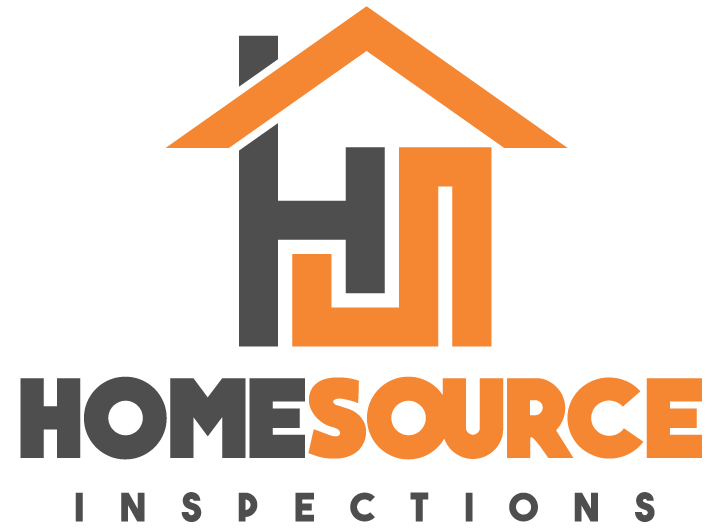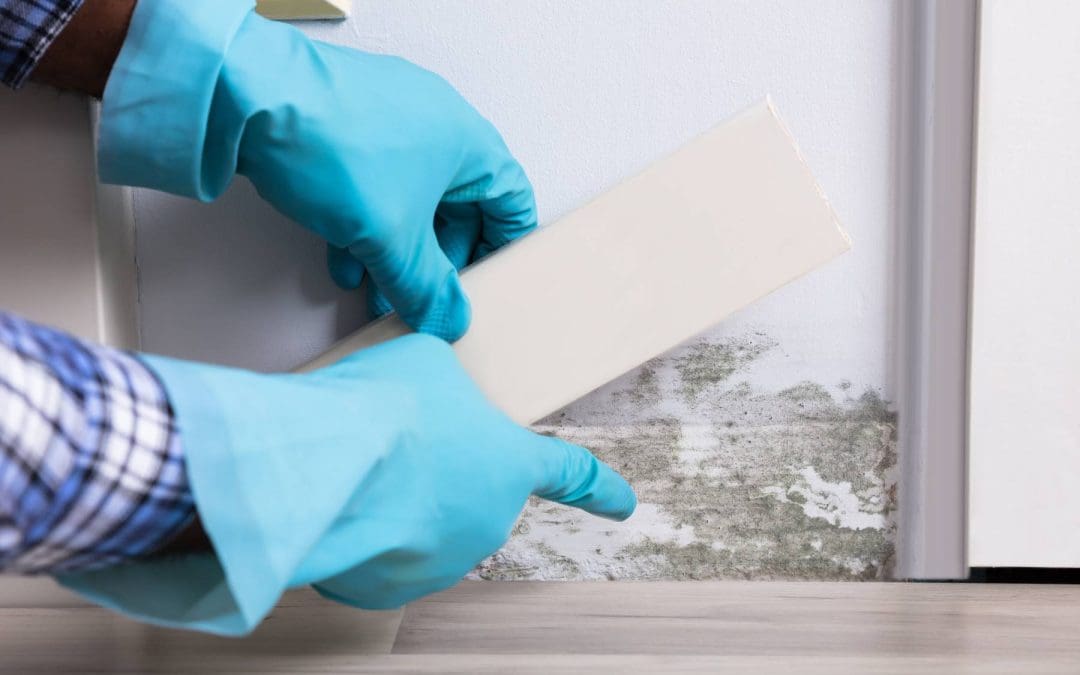Many people don’t think about mold until they see it growing on a wall or notice that musty smell in a corner. But mold is more than just an unpleasant smell; it can be bad for your health and damaging to your home. Today, we’ll talk about the dangers of mold in your home and how to keep your family and house safe.
What Is Mold, and Why Does It Grow in Homes?
Mold is a type of fungus that loves damp, warm places. It spreads through tiny spores in the air that settle on wet surfaces like wood, drywall, or even dust. When those surfaces stay moist, mold can start growing fast. Houses often have spots where moisture builds up, leaky pipes, roof leaks, poor ventilation, or high humidity. Mold doesn’t always show itself right away, either. It can hide behind walls, under floors, or inside air ducts, quietly spreading without being noticed.
Health Risks Are One of The Dangers of Mold in Your Home
Mold can cause health problems by releasing spores and toxins into the air. Breathing these in can irritate your lungs and cause coughing, sneezing, wheezing, or itchy eyes. People with asthma, allergies, or weak immune systems are especially at risk, and mold exposure can lead to serious health issues, sometimes even hospitalization. Long-term mold exposure has also been linked to ongoing problems like sinus infections, fatigue, headaches, and trouble concentrating. Kids, older adults, and pets are more sensitive to mold’s effects.
Dangers of Mold in Your Home: Damage To Your Home
The dangers of mold in your home go beyond health concerns; it can seriously damage your home’s structure. Mold breaks down materials like wood, drywall, and insulation, which weakens floors, walls, and ceilings over time. If it spreads into your heating or cooling system, spores can circulate throughout the house, making the problem worse and more costly. The longer it goes untreated, the more damage it causes. In some cases, entire sections of walls or flooring may need to be replaced. That’s why it’s so important to catch mold early.
Signs You Might Have Mold
Sometimes, mold shows up as dark spots or fuzzy patches on surfaces like bathroom tiles or basement walls. Other times, the first sign is a persistent musty smell that won’t disappear, especially in damp areas. If you or your family start having allergy symptoms for no obvious reason, it’s worth checking for mold. High indoor humidity above 60% also makes mold more likely, so keeping humidity low helps prevent it.
How to Prevent Mold Growth
The best way to avoid the dangers of mold in your home is to stop it before it starts. Fix leaks quickly, whether from pipes, roofs, or windows. Ensure rooms like bathrooms, kitchens, and laundry areas are well-ventilated to reduce moisture. In damp places like basements, a dehumidifier can help keep humidity levels under control. Keep gutters clear and make sure water drains away from your foundation. Adding vapor barriers in crawl spaces can also help keep moisture out. Regular cleaning and drying of areas where moisture collects, like behind appliances, under sinks, and inside air conditioners, prevents mold from taking hold.
When to Get Professional Help
If you see mold growing or suspect it’s hidden in your walls or floors, don’t wait. Small patches can sometimes be cleaned with care, but bigger problems usually need professional mold removal. Experts have the right tools and training to safely remove mold without spreading spores. They’ll also find the source of moisture, so the mold doesn’t return. Handling a serious mold problem yourself can worsen things and cost more later.
FAQs About The Dangers of Mold in Your Home
How fast does mold grow after water damage?
Mold can grow within 24 to 48 hours if conditions are right—warmth, moisture, and something to feed on.
Can I clean mold myself?
Small spots under 10 square feet can sometimes be cleaned safely. Bigger infestations or mold caused by sewage require a pro.
Does bleach kill mold?
Bleach can kill mold on hard surfaces, but doesn’t work well on porous materials like wood or drywall. It also won’t fix the moisture problem.
Can mold affect my family even if I don’t see it?
Yes, mold spores can float in the air even if the mold is hidden, causing allergy and respiratory issues.
How can I test for mold?
DIY kits exist, but aren’t always accurate. Hiring a professional inspector gives the best results and advice.
HomeSource Inspections offers inspection services to homebuyers and sellers in Northern Indiana and Southwest Michigan. Contact us to request an appointment.

